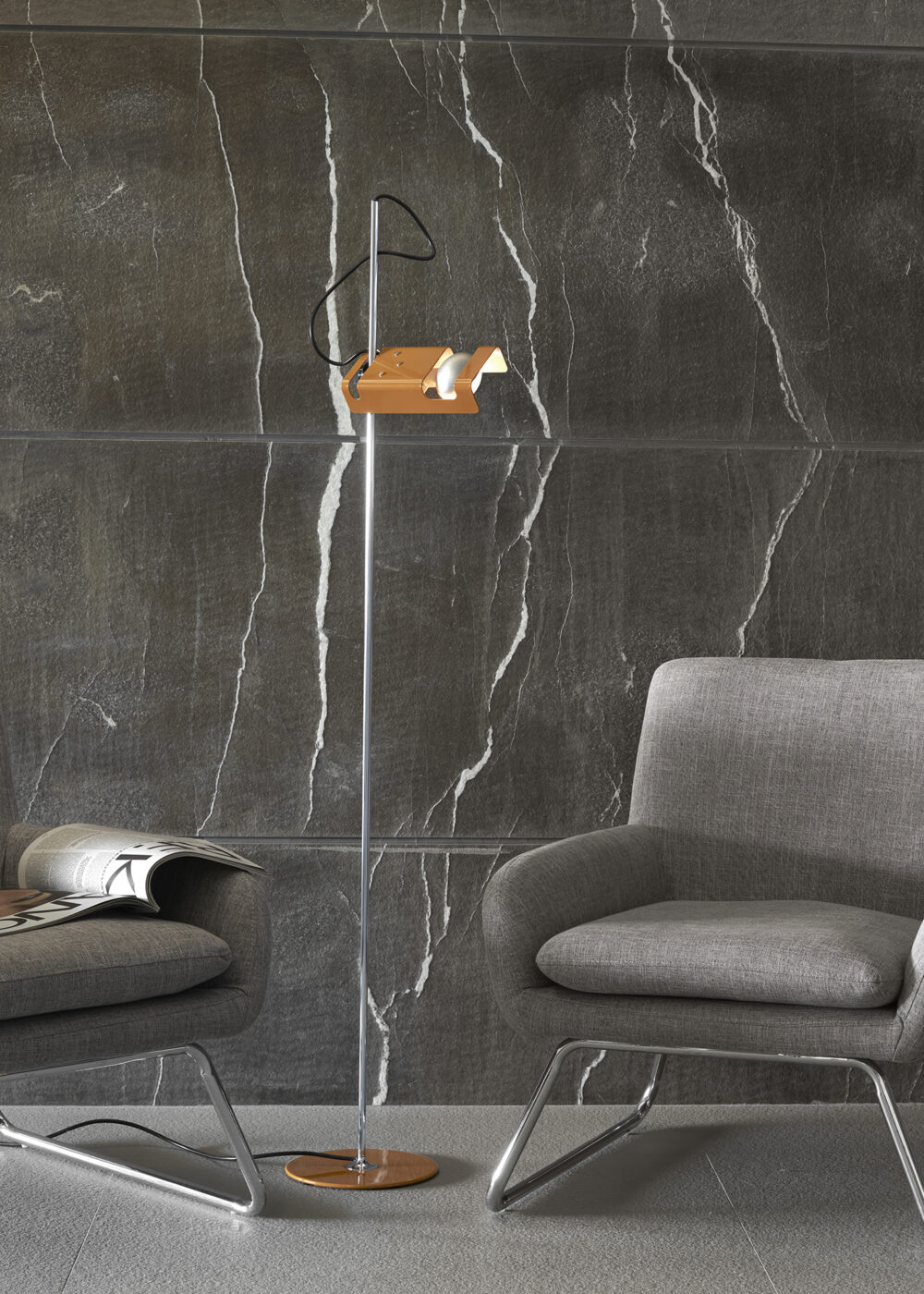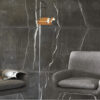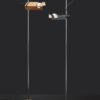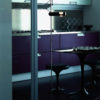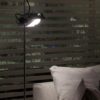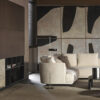Spider – Floor Lamp
$1,935.00
Spider is a floor lamp with stove-enamelled sheet metal reflector purposely designed to take a special horizontal spot light bulb. A plastic joint allows the reflector to tilt. In 1967 Spider won the Compasso d’Oro award. It is part of the permanent collections of the Milan Triennale, the Philadelphia Museum of Art, the Kunstmuseum of Düsseldorf and the “Neue Sammlung” Museum in Munich.
| Manufacturer: | Oluce |
| Material: | Metal and aluminum |
| Finish: | Black Yellow |
| Certifications: | CE rated |
| IP Rating: | - |
| Dimensions: | 9" x 55" |
| Cord Length: | - |
| Light Source: | 1 x G9 |
| Power: | 48W |
| Lumens/CRI: | - |
Designer

JOE COLOMBO
Telling about Joe Colombo means telling the brief but intense parable of one of the greatest Italian designers, who died in 1971 at the young age of 41. It means telling about a life, as quick as lightning, of a man who strongly believed in the future and who gave us a very particular prefeguration of those fundamental 60s, when the future suddenly started to appear closer. Joe Colombo’s future was an anti-nostalgic future (he would not have recognised as ”future” the ’90s in which we live today), in which an intelligent technology would have helped every human activity, laying the foundations for completely new living models.
At the time, Joe Colombo designed entire living cells. The first one was for Bayer, Visiona ’69, an integrated cell divided in ”functional stations”: the ”Night-Cell” block (bed+cupboards+bathroom), the ”Kitchen-Box” (kitchen+dining room), the ”Central-Living” (living room). These functional stations are articulated mapwise as well as sectionwise, just like the homes designed by Joe Colombo, where floors and ceilings go up and down, continuously accelerating and slowing down within the interior dynamism, where shelves hang from above and lights are deep-set in the floor. This is probably the best known vision of Joe Colombo’s future, which makes us smile today and talk about a science fiction utopia, but another one exists, one that has been subject to less analysis and which, unlike the former, proposes independent single elements, which condense functions and which are finished and ready to use.
